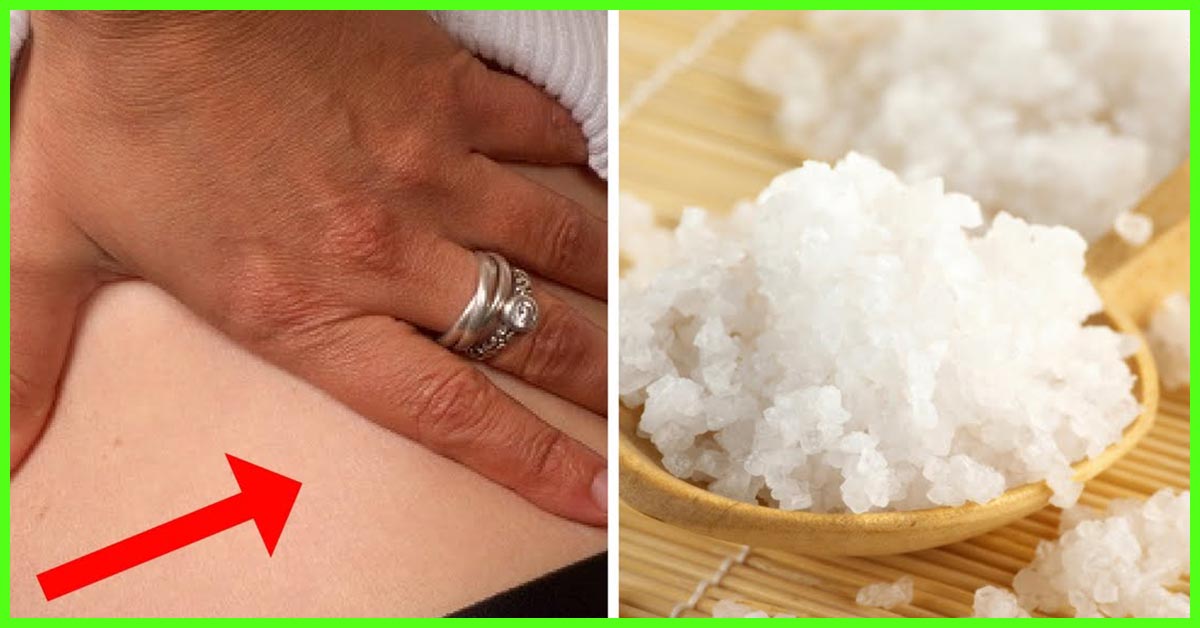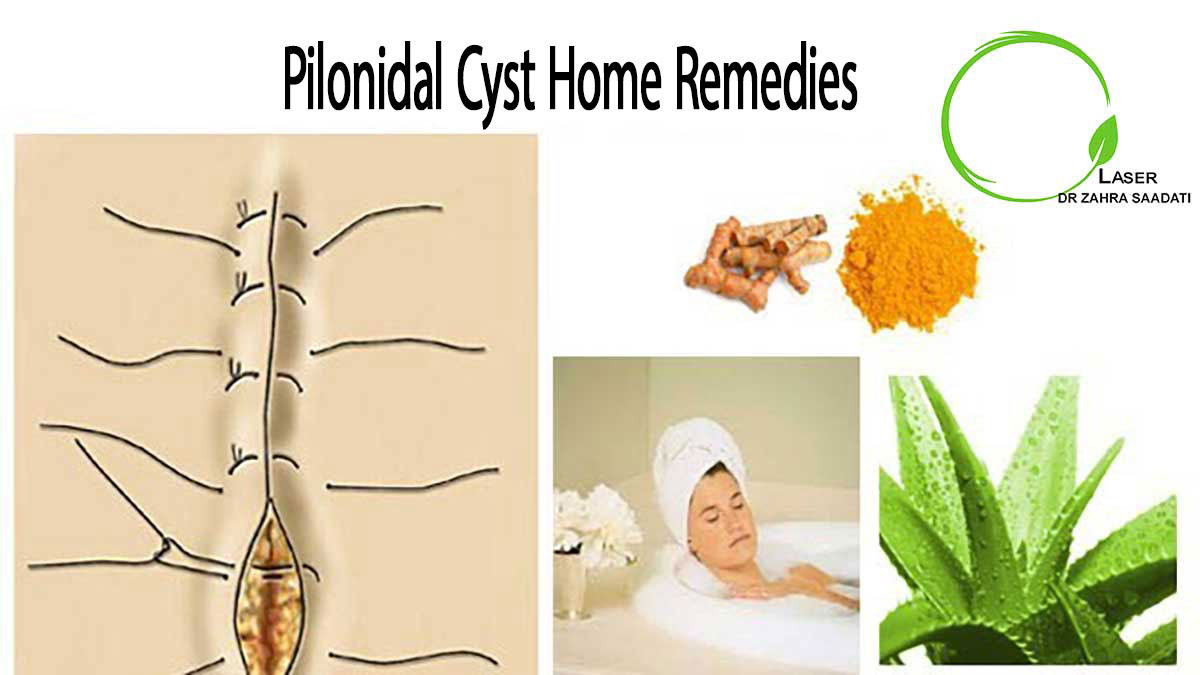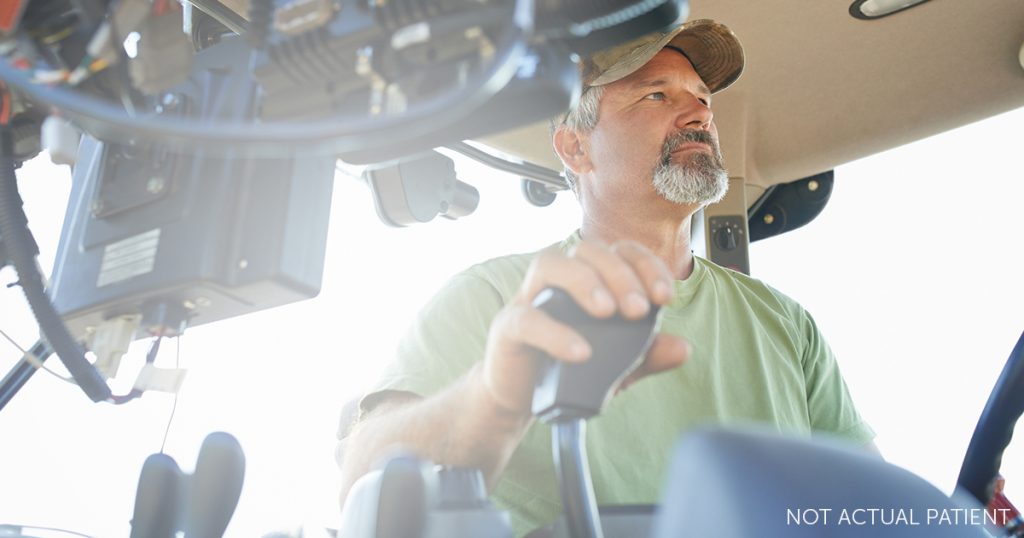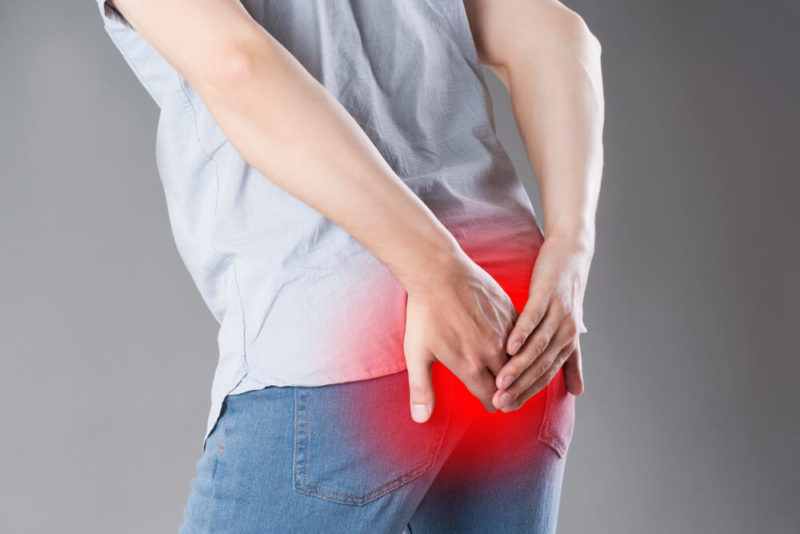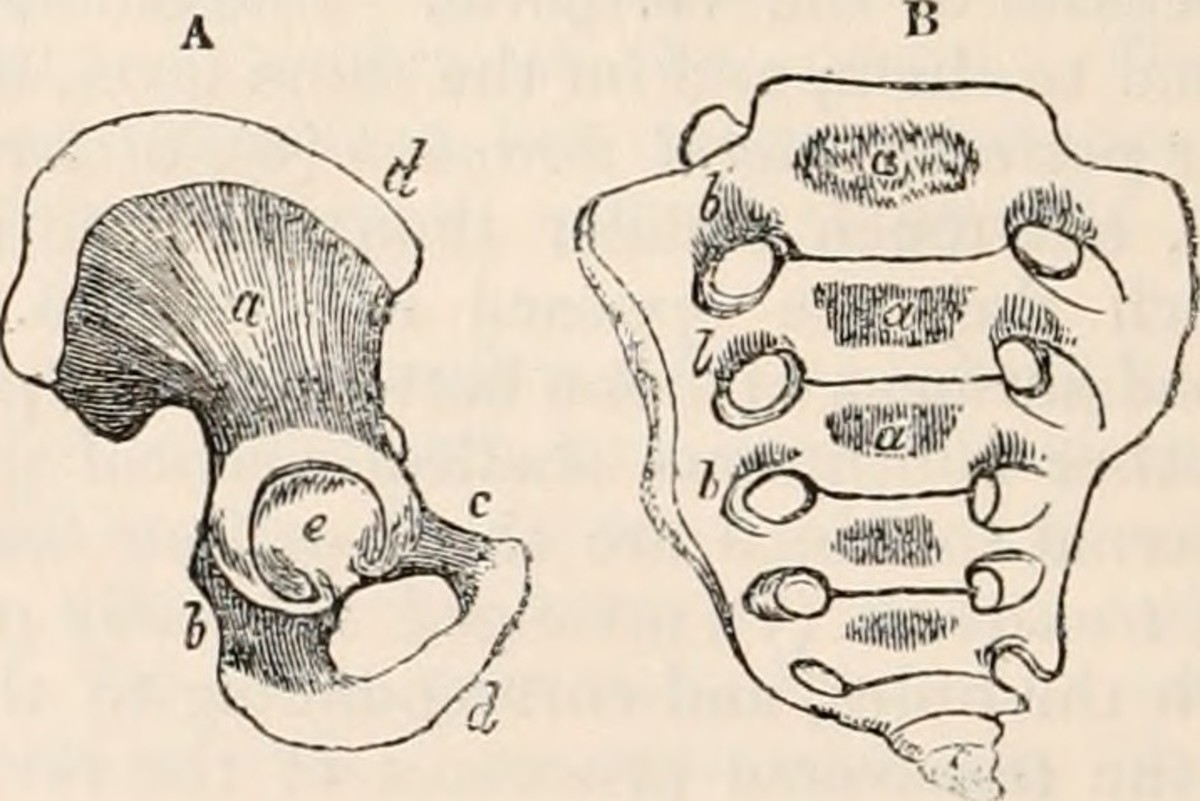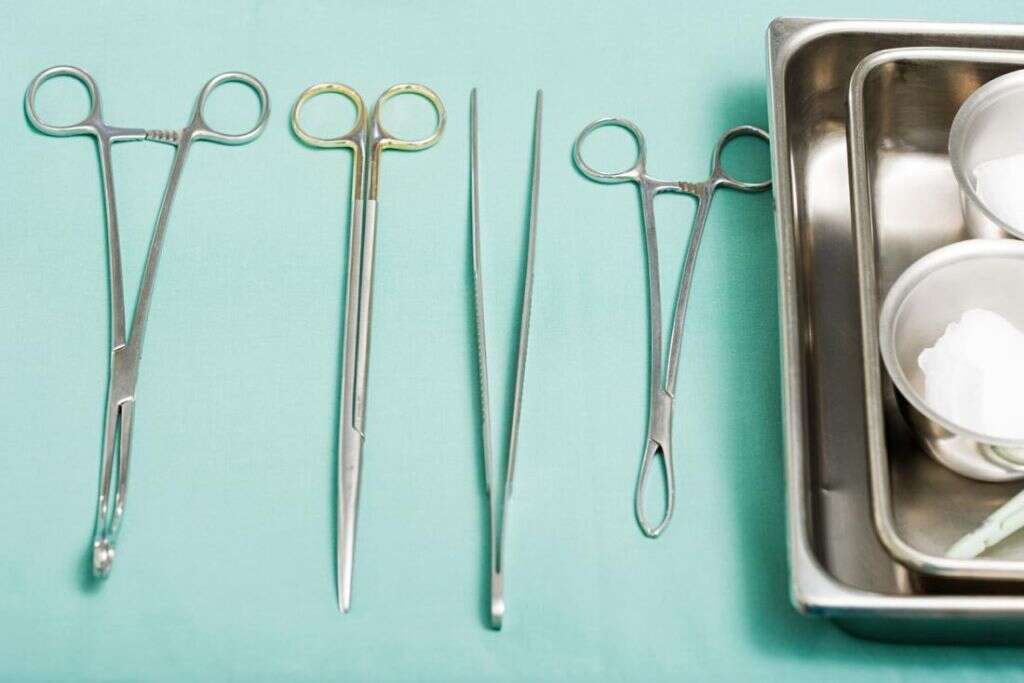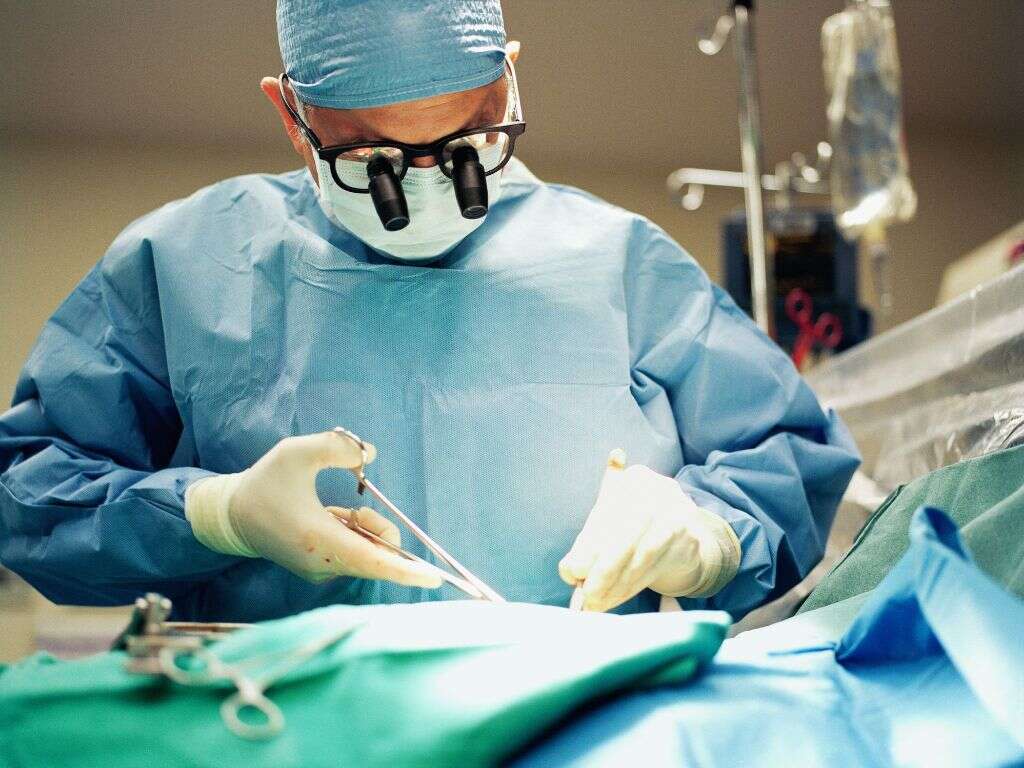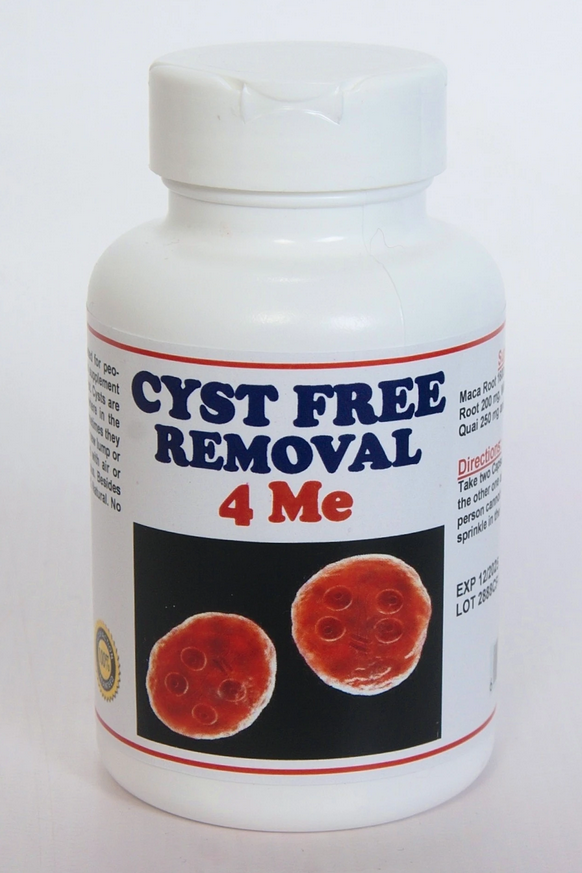Favorite Tips About How To Prevent A Pilonidal Cyst
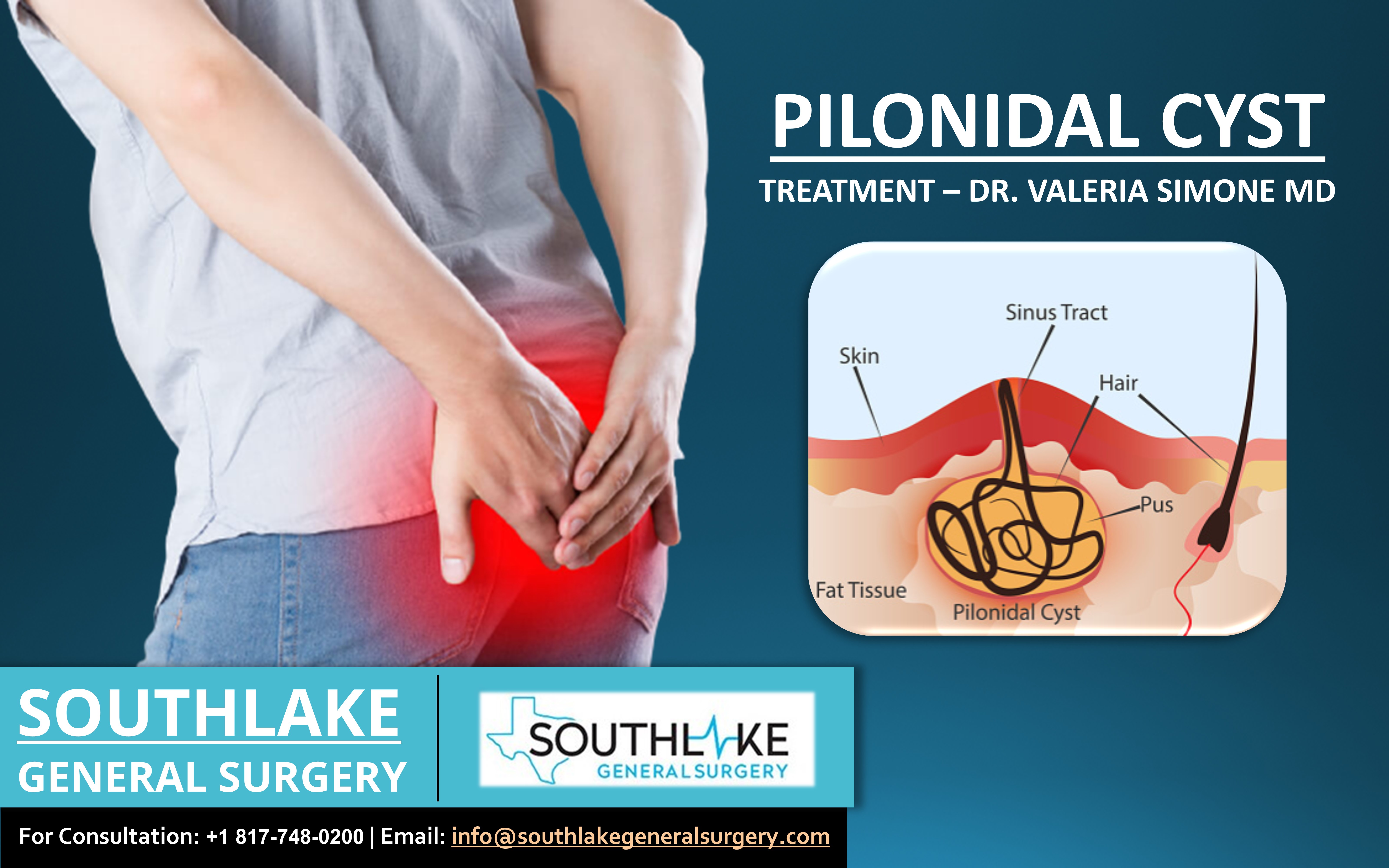
If you've had pilonidal cysts in the past, you might want to regularly shave the affected area or use hair removal products to reduce the risk of a new cyst.
How to prevent a pilonidal cyst. Avoid wearing clothes that is too. Proper hygiene and keeping the area clean can help promote natural healing. A pilonidal cyst is a cyst or abscess (boil) located near the intergluteal cleft,.
A pilonidal cyst is usually treated in your health care provider's office. Your doctor may recommend a specific method of hair removal, but. You can help prevent pilonidal cysts by maintaining a healthy weight.
Common questions & answers. Injections (phenol, an acidic chemical compound) can treat and prevent mild and moderate pilonidal cysts. These swollen lumps contain hair or other debris.
If possible, avoid sitting for long periods of time. There’s a type of cyst you can get at the bottom of your tailbone, or coccyx. Adding local application of phenol can resolve disease and prevent.
There are some hereditary factors for this condition, such as having coarse body hair. Spending long stretches of time sitting. However, if the infection is severe, you may need surgery.
It typically forms in the cleft at the top of the buttocks. The most common treatment for a pilonidal cyst is incision and drainage of the cyst in which a small incision is made in the cyst, which releases any fluid, hair, and debris in. Treating a pilonidal cyst at home.
Just like body hair can cause a sinus to form, it can also factor into the start of an infection. Start treating the cyst when it starts to form. But these cysts can return.
How can you treat a pilonidal cyst at. Also, keep that area of your body. A pilonidal sinus is a small hole or tunnel in the skin that can easily become infected.
If your backside is hairy, there's an increased chance that loose hairs will get trapped in the pilonidal cyst. You should wash the area every day with a mild soap,. Some pilonidal cysts don’t require treatment and drain on their own.
Initial treatments include sitz baths, warm compresses, and antibiotics. However, it’s crucial to monitor the cyst and seek medical attention if it worsens or doesn’t improve. Will a pilonidal cyst go away on its own?




